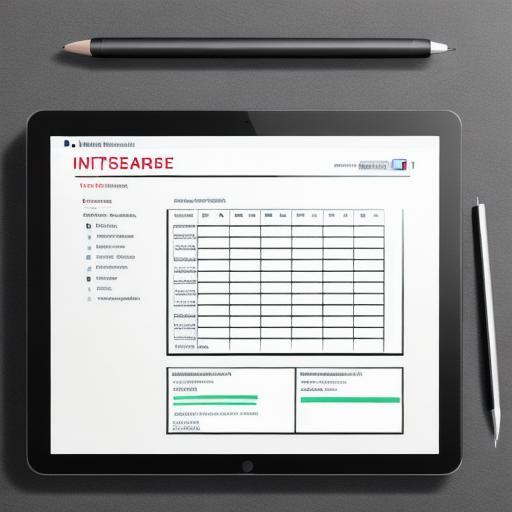Introduction
Room is a powerful database library developed by Google for Android applications. It provides an easy-to-use and efficient way to handle SQLite databases. In this guide, we will explore how to update data in a Room Database using Java for Android development.
Prerequisites
Before we dive into updating data, ensure that you have a good understanding of the following concepts:

- Room Basics: Familiarize yourself with Room’s data access components, such as Entities, DAOs, and Repositories.
- Reading Data: Learn how to read data from a Room Database using DAOs and LiveData.
- Inserting Data: Understand the process of inserting new data into a Room Database.

Updating Data with Room
To update data in a Room Database, you will use an Update query in your DAO interface.
Here’s a step-by-step guide on how to do it:
**Step 1:** Define the Update Query in Your DAO Interface
First, define an update query method in your DAO interface using the @Query annotation. This method should accept the new data that you want to update and the primary key value of the record that needs to be updated.
<h2>@Dao</h2>
public interface UserDao {
<h2> @Update</h2>
int updateUser(User user);
}In this example, we define an updateUser method that accepts a User object and returns an integer representing the number of rows affected by the update query.
**Step 2:** Write the Update Logic in Your Repository or ViewModel
Next, write the logic to call the update query method from your repository or viewmodel.
<h2>@Repository</h2>
public class UserRepository {
private final UserDao userDao;
public UserRepository(AppDatabase database) {
this.userDao database.userDao();
}
public int updateUser(User user) {
return userDao.updateUser(user);
}
}In the example above, we create a new UserRepository class and initialize it with an instance of the UserDao. We then define a method called updateUser that calls the updateUser method from the DAO interface.
**Step 3:** Use the Repository or ViewModel to Update Data**
Finally, you can use your repository or viewmodel to update data in the database.
For example:
private UserRepository userRepository;
// ...
<h2>User newUser new User("John Doe", "johndoe@example.com", 25);</h2>
int rowsAffected userRepository.updateUser(newUser);
<h3>Log.d("TAG", "Rows affected: "</h3> + rowsAffected);In this example, we create a new instance of the UserRepository, initialize it with an instance of the app database, and define a local variable called newUser. We then update the user data by calling the updateUser method from the repository and passing the new user object as a parameter. The method returns the number of rows affected by the update query.
Conclusion
Updating data in a Room Database using Java for Android development is an essential skill that every developer should master. By following the steps outlined above, you can easily update data in your database and keep your application up-to-date with the latest information. Remember to always test your update queries thoroughly to ensure that they are working correctly and that no unexpected side effects occur.
